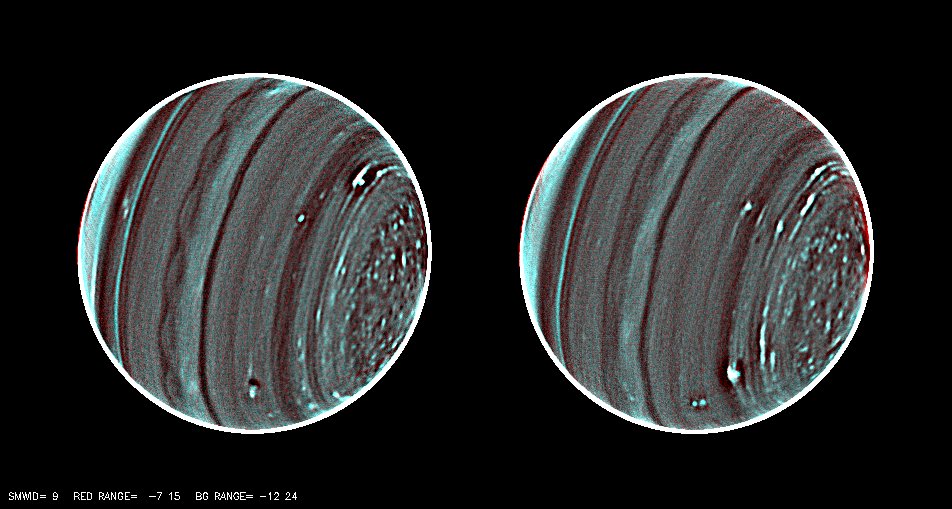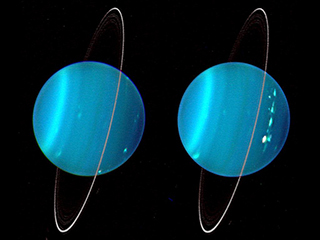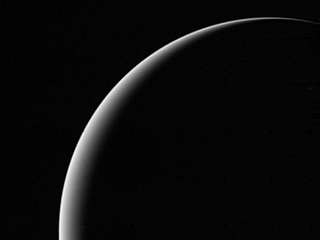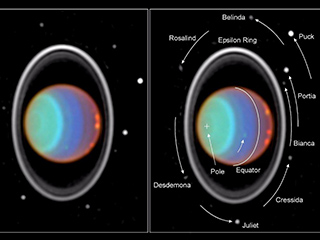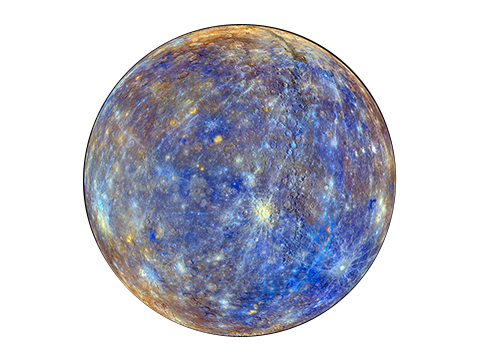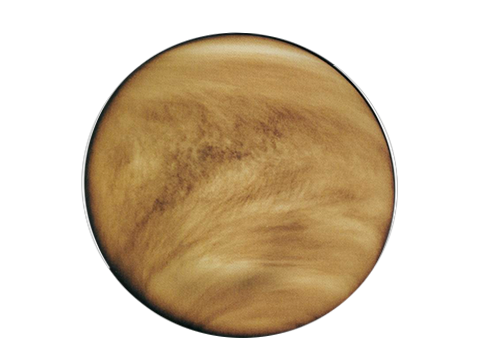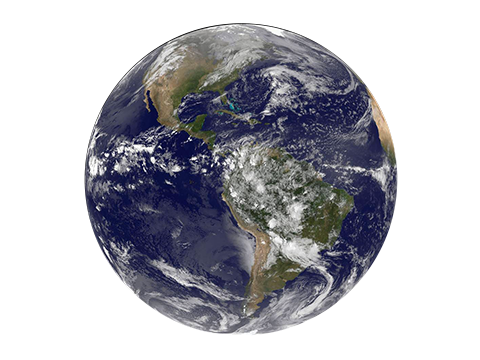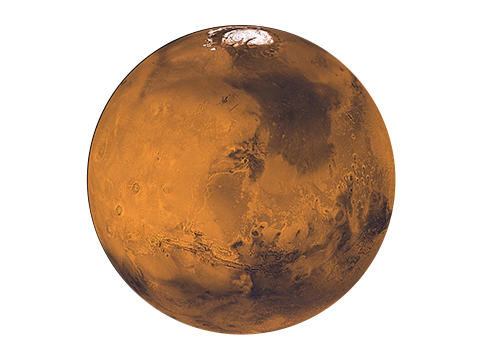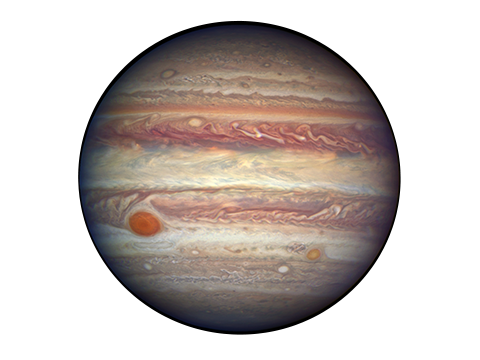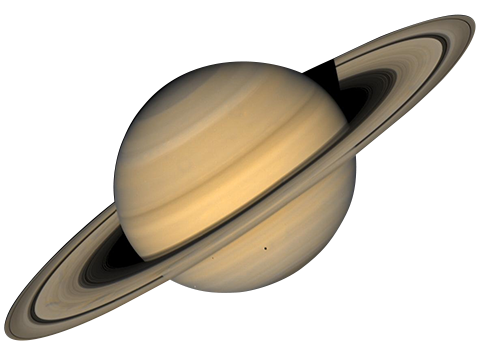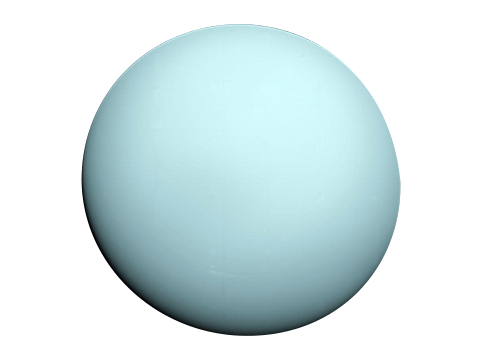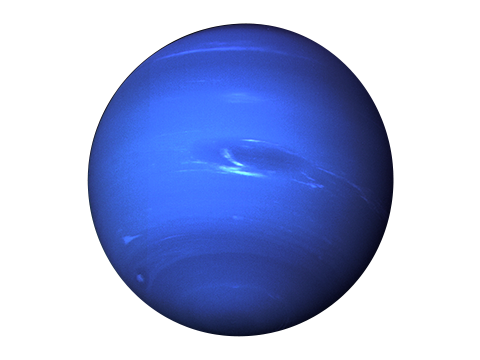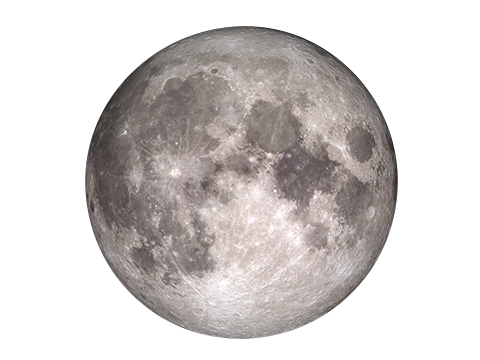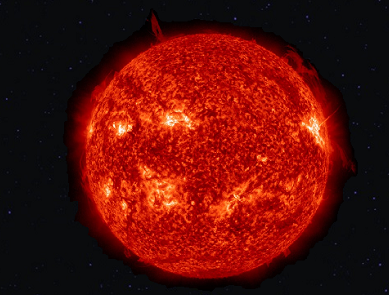-
 URANUS
URANUS
The Sideways Planet
1,912,134,800 MI
DISTANCE FROM SUN
164.749808 mins
ONE WAY LIGHT TIME TO THE SUN
30,687 Earth Days
LENGTH OF YEAR
Ice Giant
PLANET TYPE
The first planet found with the aid of a telescope, Uranus was discovered in 1781 by astronomer William Herschel, although he originally thought it was either a comet or a star.
It was two years later that the object was universally accepted as a new planet, in part because of observations by astronomer Johann Elert Bode. Herschel tried unsuccessfully to name his discovery Georgium Sidus after King George III. Instead the scientific community accepted Bode's suggestion to name it Uranus, the Greek god of the sky, as suggested by Bode.
Go Farther. Explore Uranus In Depth ›
10 Need-to-Know Things About Uranus
1 HUGE Uranus is about four times wider than Earth. If Earth were a large apple, Uranus would be the size of a basketball.
2 SEVENTH WANDERER Uranus orbits our Sun, a star, and is the seventh planet from the Sun at a distance of about 1.8 billion miles (2.9 billion kilometers).
3 SHORT-ISH DAY, LONGISH YEAR Uranus takes about 17 hours to rotate once (a Uranian day), and about 84 Earth years to complete an orbit of the Sun (a Uranian year).
4 ICE GIANT Uranus is an ice giant. Most of its mass is a hot, dense fluid of "icy" materials – water, methane and ammonia – above a small rocky core.
5 GASSY Uranus has an atmosphere made mostly of molecular hydrogen and atomic helium, with a small amount of methane.
6 MANY MOONS Uranus has 27 known moons, and they are named after characters from the works of William Shakespeare and Alexander Pope.
7 THE OTHER RINGED WORLD Uranus has 13 known rings. The inner rings are narrow and dark and the outer rings are brightly colored.
8 A BIT LONELY Voyager 2 is the only spacecraft to fly by Uranus. No spacecraft has orbited this distant planet to study it at length and up close.
9 LIFELESS Uranus cannot support life as we know it.
10 ONE COOL FACT Like Venus, Uranus rotates east to west. But Uranus is unique in that it rotates on its side.
Did You Know?
Uranus' unique sideways rotation makes for weird seasons. The planet's north pole experiences 21 years of nighttime in winter, 21 years of daytime in summer and 42 years of day and night in the spring and fall.
Pop Culture
Uranus is the "butt" of more than a few jokes and witty (and not so witty) puns, but it's also a frequent destination in various fictional stories, such as the video game Mass Effect and TV shows like Doctor Who. The radioactive element uranium was named after Uranus when it was discovered in 1789, just eight years after the planet was discovered.
Kid-Friendly Uranus
Uranus is made of water, methane, and ammonia fluids above a small rocky center. Its atmosphere is made of hydrogen and helium like Jupiter and Saturn, but it also has methane. The methane makes Uranus blue.
Uranus also has faint rings. The inner rings are narrow and dark. The outer rings are brightly colored and easier to see.
Like Venus, Uranus rotates in the opposite direction as most other planets. And unlike any other planet, Uranus rotates on its side.
Visit NASA Space Place for more kid-friendly facts.
KECK TELESCOPE VIEWS OF URANUS
An infrared composite image of the two hemispheres of Uranus obtained with Keck Telescope adaptive optics.
COLOR VOYAGER 2 IMAGE SHOWING CRESCENT URANUS
This image shows a crescent Uranus, a view that Earthlings never witnessed until Voyager 2 flew near and then beyond Uranus on January 24, 1986.
HUBBLE TRACKS CLOUDS ON URANUS
We Love the Science and Exploration

